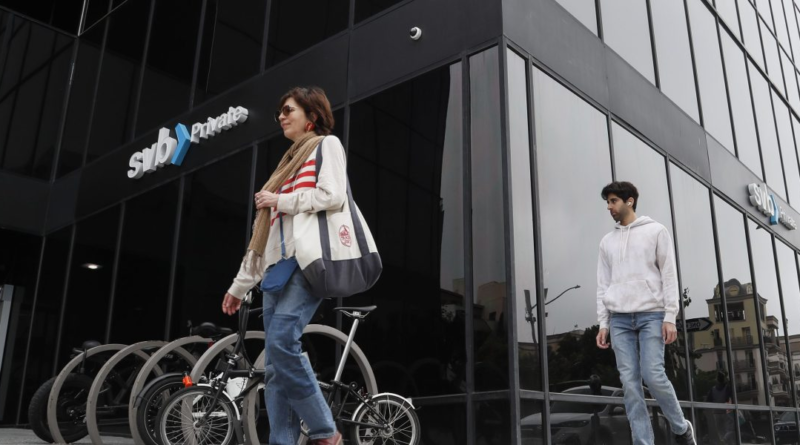Silicon Valley Bank flagged risks from remote work on performance in its latest annual report
Last week, Silicon Valley Bank was the second-largest bank to fail on record after a $42 billion bank run. Its problems were largely financial—from highly unprofitable investments to an imbalance in the publicly reported numbers in assets and liabilities.
But it turns out, it was facing another risk that some other Silicon Valley companies have grappled with: the wide adoption of remote work. When the COVID-19 pandemic began to subside, companies in America’s tech and innovation hub agonized over whether to make remote work permanent. Like many companies, SVB decided to embrace it, and reported in its 2021 filings that it had even onboarded new employees “entirely remotely.”
“Some people worked from Miami, some moved to Las Vegas or a cabin in the woods and did the digital nomad thing,” a former banker told the Financial Times.
While the flexibility helped employees, it may have factored into SVB folding last Friday. In its 2023 annual report released in February, SVB, a majority of whose employees work remotely, acknowledged some downsides to remote work.
“More recently, the COVID-19 pandemic has had direct effects on our operations, including by limiting employee travel and increasing telecommuting arrangements,” SVB said, adding that it “may experience negative effects of prolonged work-from-home arrangements.”
With the adoption of remote work, SVB said employees may struggle to balance work and life, which could result in “reduced productivity and/or significant disruptions in our business operations.” Other risks from a work-from-home setup for the bank included online connectivity and cybersecurity threats.
The bank, in its latest annual report, outlined its plan to stick with flexibility while starting to bring more employees into the office based on their “role and function.”
It is unclear whether the predominantly remote work arrangement derailed SVB, but the company thought it important to mention a month before its collapse that it had a “significant” impact on its business. Even top executives of the Santa Clara–based bank often worked from different parts of the country and across different coasts. For instance, SVB’s then-CEO Greg Becker reportedly worked from Hawaii on occasion, while president Mike Descheneaux would chime in from Florida, according to the Financial Times.
Silicon Valley Bridge Bank, operated by the regulatory body Federal Deposit Insurance Corporation, declined Fortune’s request for comment.
SVB may sound more like a tech company and less like its banking peers in giving employees leeway with remote work rather than pressing them to return to office. The one thing all the banks have said in common: that the requirement to be back in office would depend on employees’ roles.
JPMorgan Chase CEO Jamie Dimon said in January that remote work isn’t good for “young kids or spontaneity or management.” Morgan Stanley’s James Gorman said earlier this year that he wanted workers in office “with other employees at least three or four days” and that remote work was “not an employee choice.” Former Mastercard chief Ajay Banga said in February that employees “burn through a lot of social capital” if it comes down to interacting with “little squares on a screen.”
To be sure, over the years, plenty of banks—including major ones—have collapsed without anyone blaming their work-from-the-office cultures or saying it could have been avoided if they had only mandated remote work instead. Just ask Washington Mutual, Lehman Brothers, and Bear Stearns—all of which failed while thousands of their employees toiled in their office cubicles.


